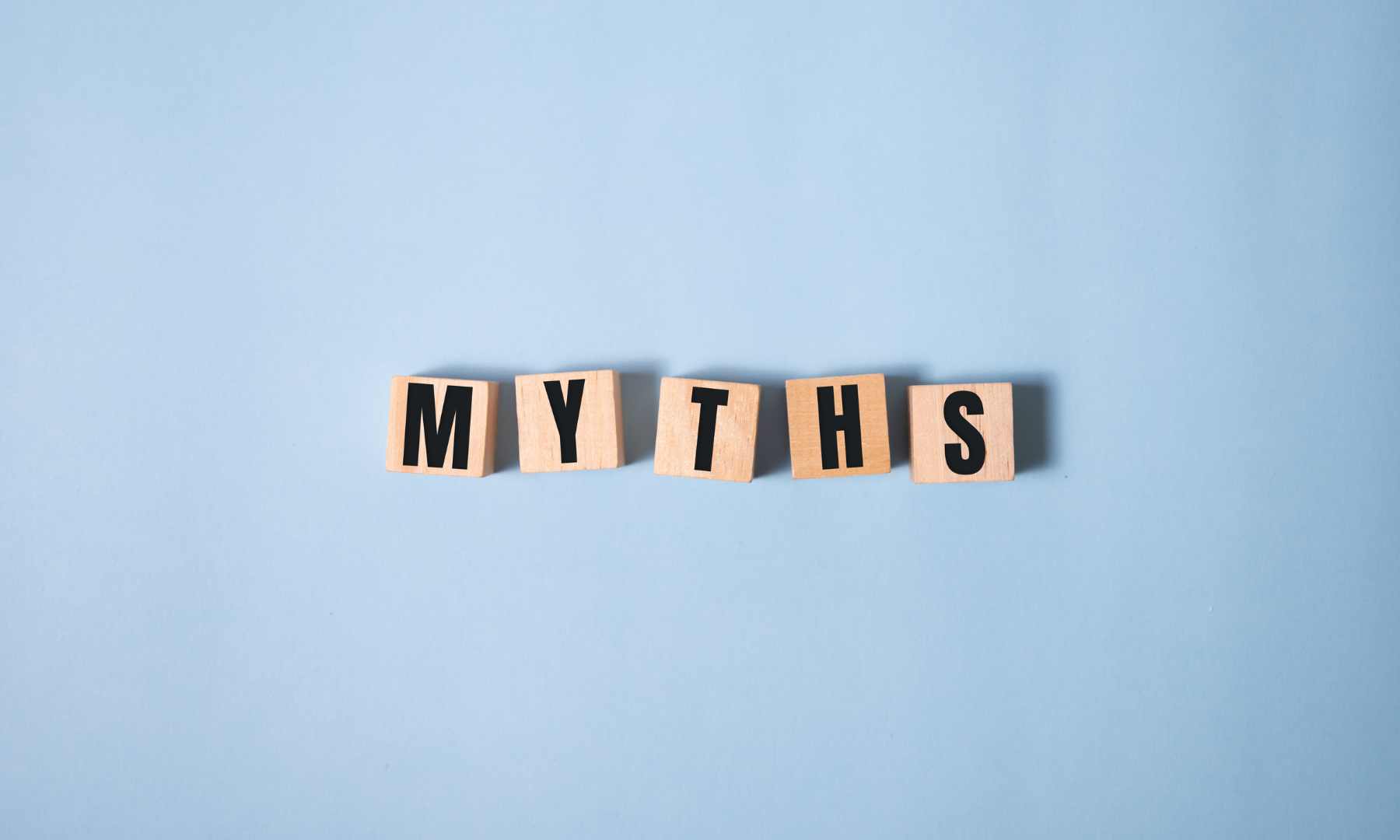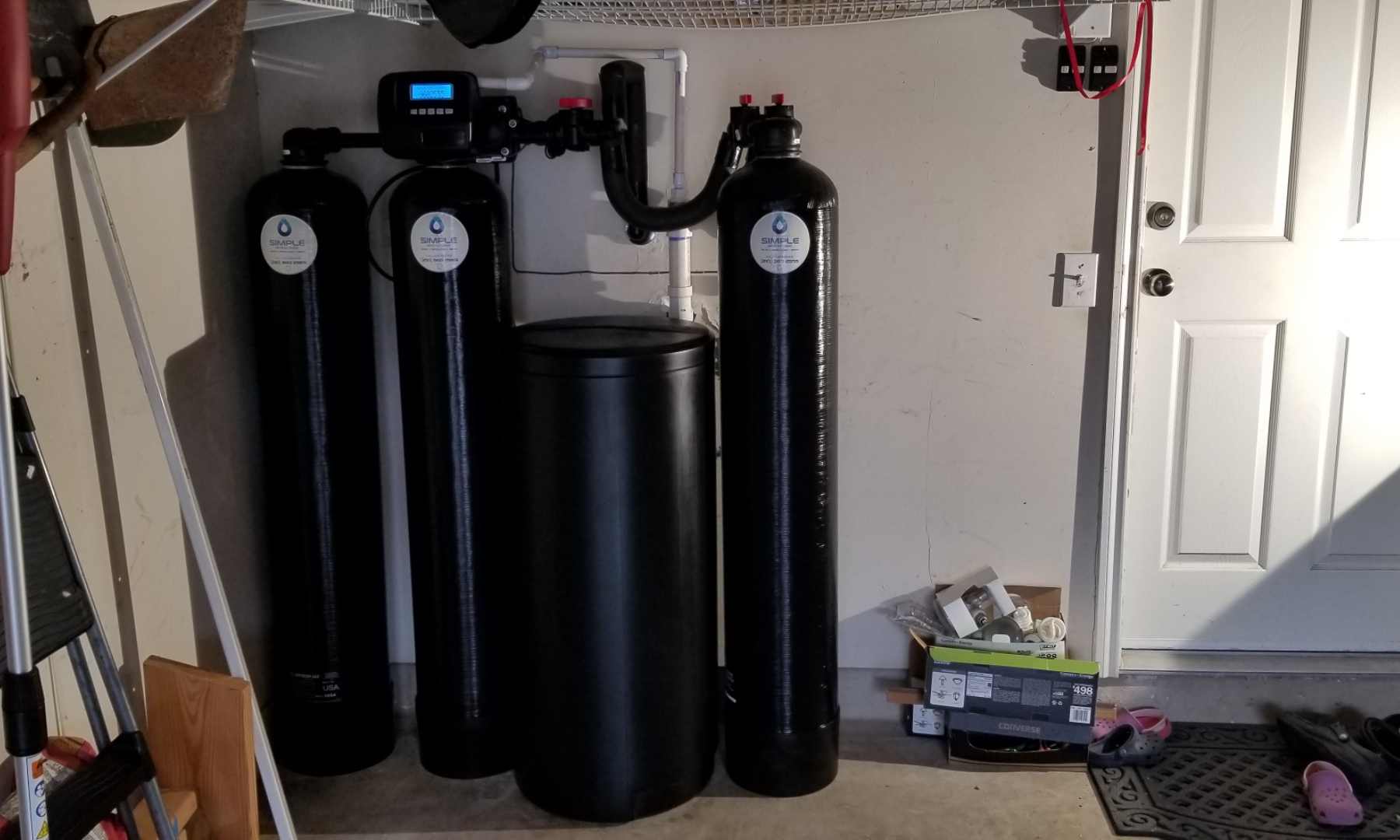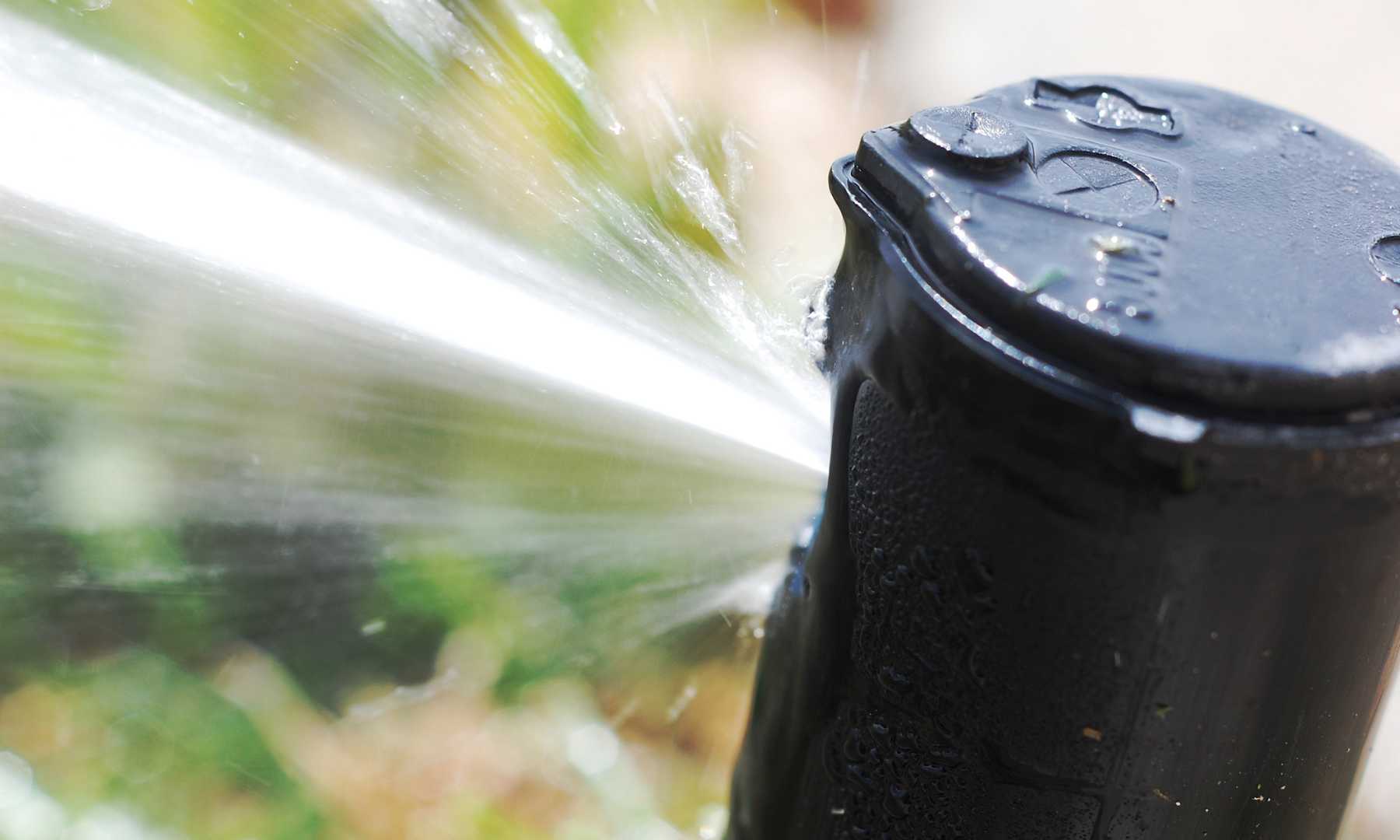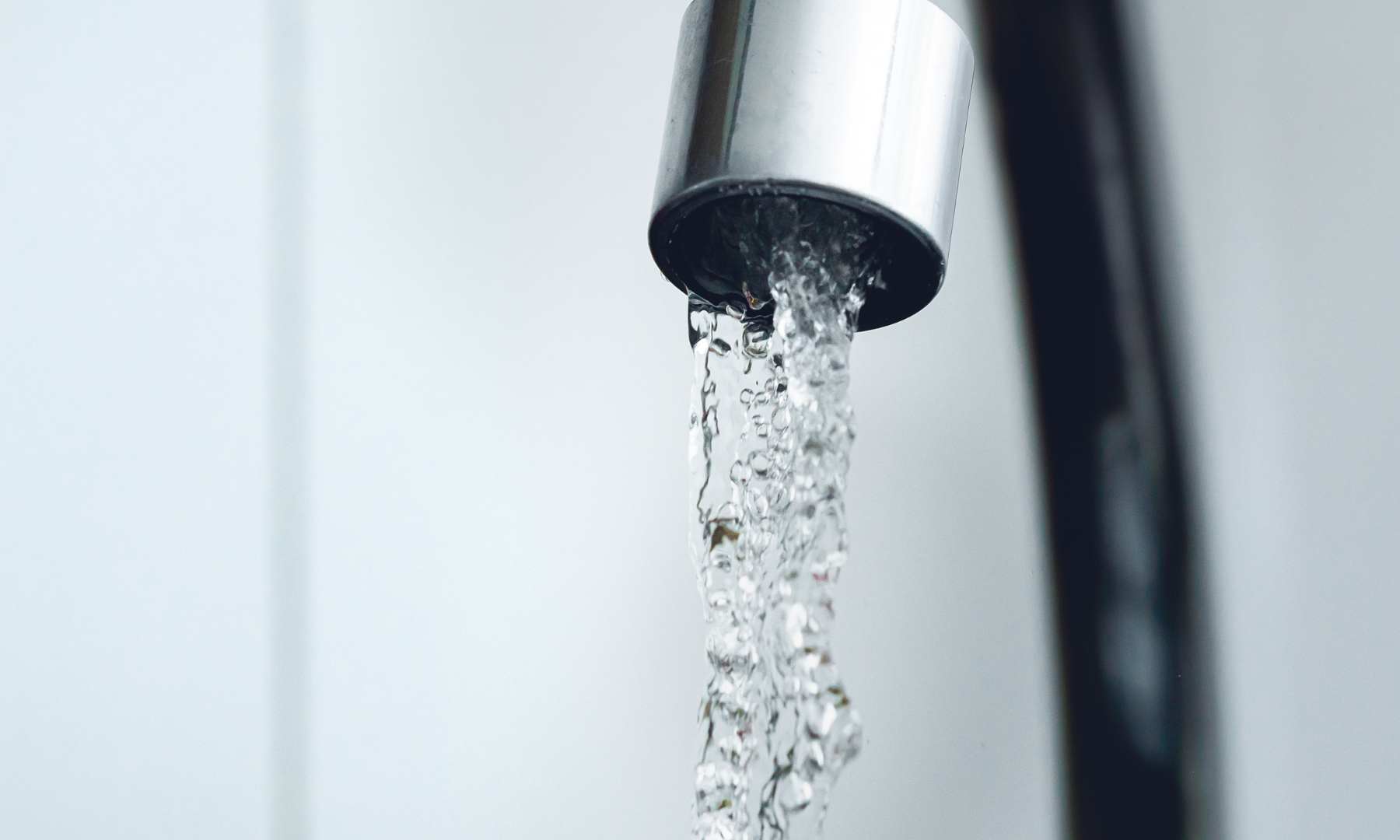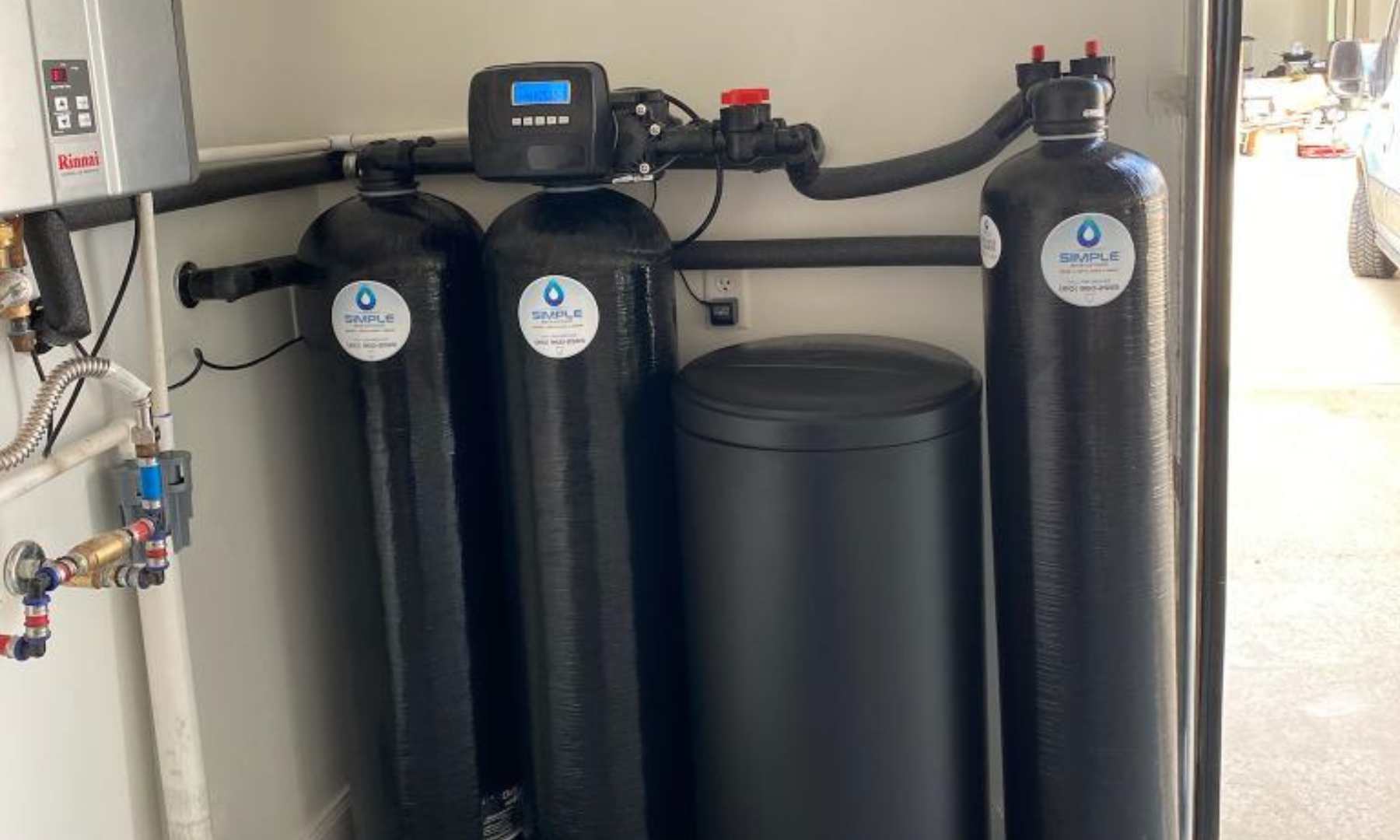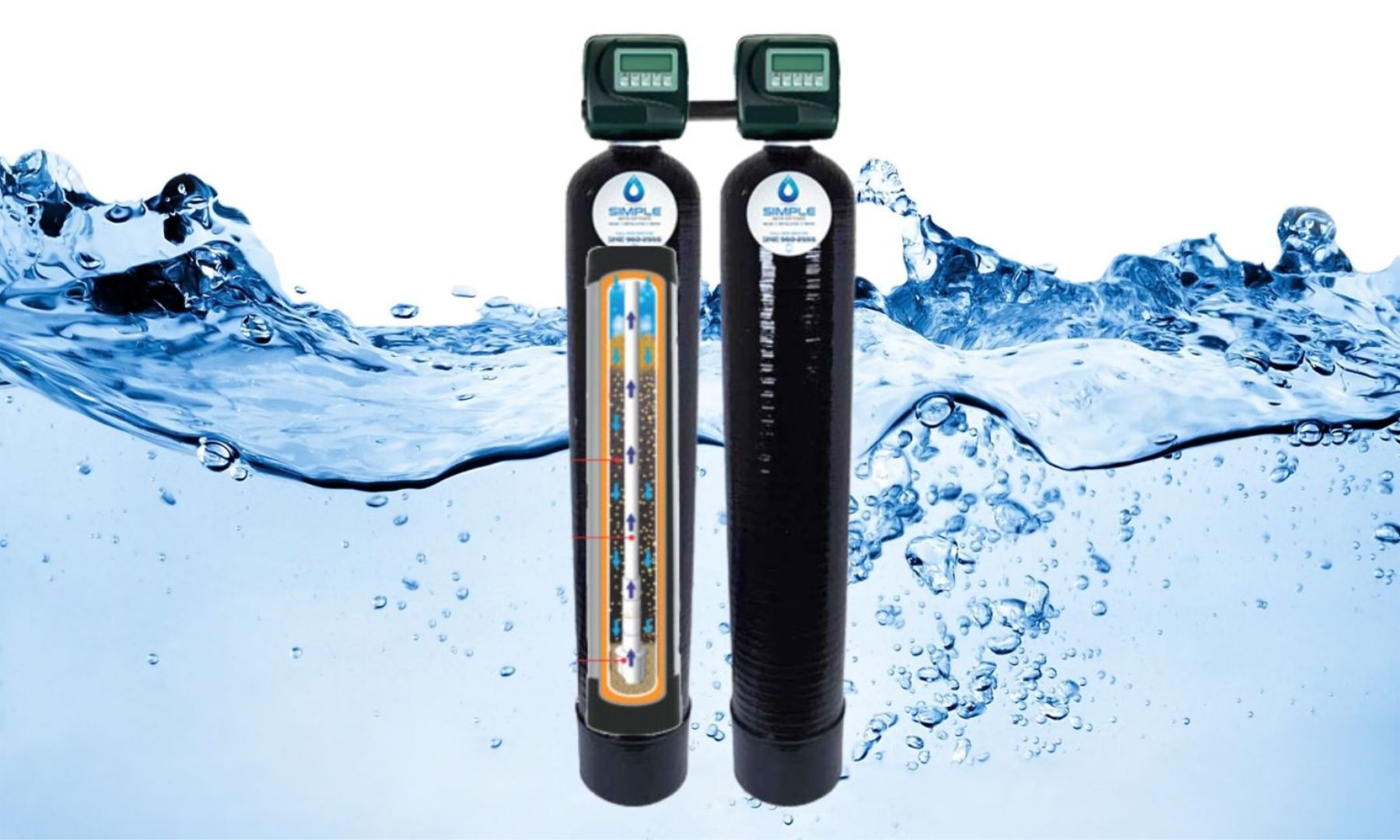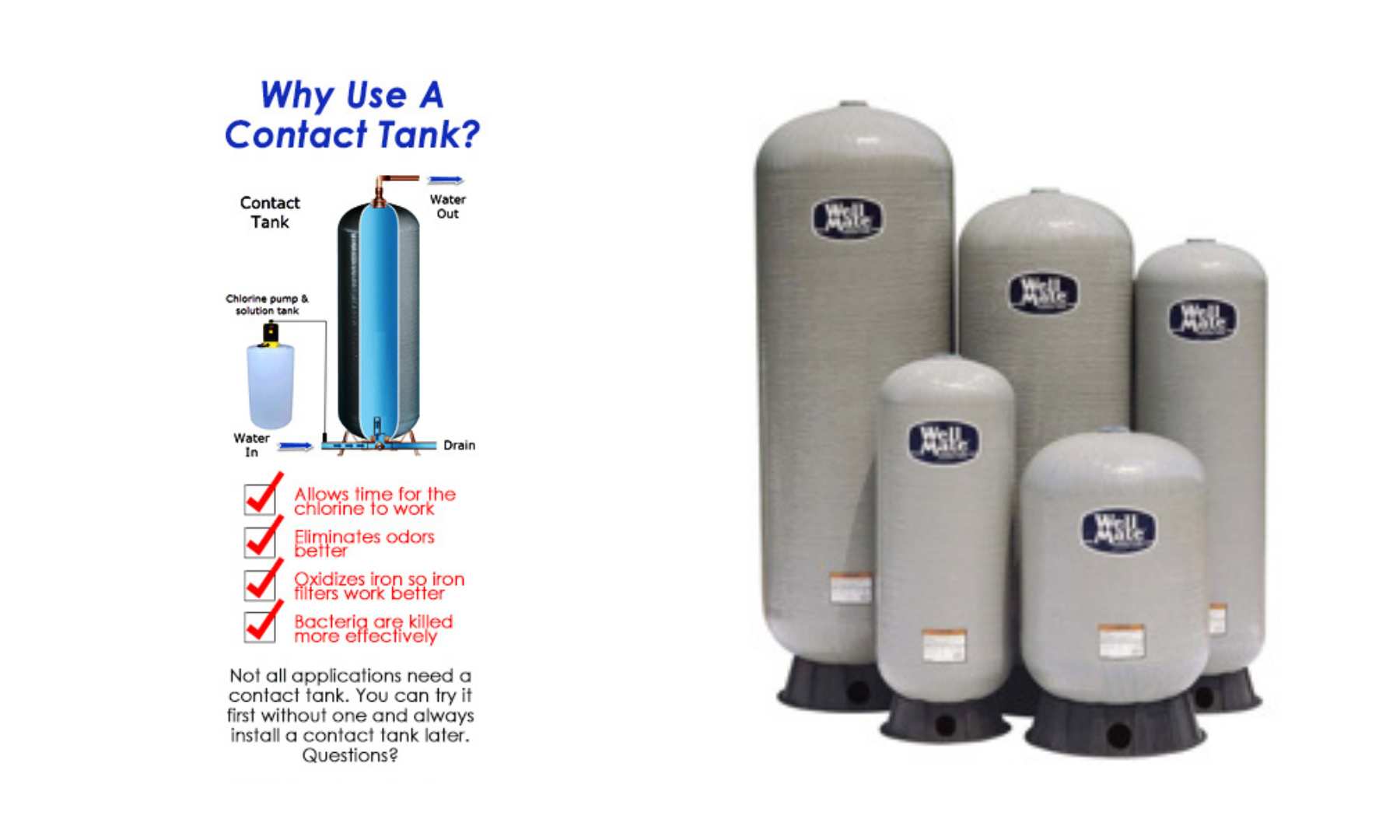While Texas is known for its heat, sudden winter cold fronts and overnight freezes are becoming more common—especially in Central and South Texas. During these cold snaps, many homeowners don’t realize their water softener may be at risk.
If your system is exposed to cold temperatures, freezing conditions can cause costly damage. Here’s what Texas homeowners need to know to protect their water softener during winter.





